Tomsk scientists examined the remains of more than a hundred people who lived in the 17th — early 20th centuries
Porcelain jaws, diseases of the spine… What did ordinary people suffer from and how were they treated for more than 300 years? ago, Tomsk scientists found out after conducting paleoanthropological studies of the remains of about a hundred people buried in the 17th – early 20th centuries in several monasteries on the territory of the modern Tomsk region.
 Marina Rykun demonstrates the remains from an ancient burial. Photo: TSU Press Service
Marina Rykun demonstrates the remains from an ancient burial. Photo: TSU Press Service
The ancient cemetery, which existed at the monastery of the Mother of God-Alexievsky since 1663, interested scientists from Tomsk State University in connection with their long-term study of paleoanthropological materials on the Russian population. Anthropologists are reconstructing the lifestyle and health conditions of our ancestors.
As reported by TSU, the work on the territory of the former cemetery of the Bogoroditse-Aleksievsky Monastery (the cemetery itself was destroyed almost a hundred years ago) was carried out jointly with Tatyana Vasilyeva, an employee of the Department of Human Anatomy of the Siberian State Medical University. The remains of sixty people buried here were examined for their illnesses, physical status and nutrition.
According to previously published data, it was known that near the monastery, along with the residents of the monastery, clergy, high-ranking officials were also buried — for example, it is known that there was the grave of the Tomsk governor and several state councilors.
According to Associate Professor of the Department of Anthropology and ethnology FIPN TSU Marina Rykun, the goal of the researchers was to link the social status of the buried with their health, given that this very status, as a rule, affects the nature of physical activity, and access to food resources, and medical care.
Scientists examined the remains of 60 people: 37 men, 22 women and one child. 30 male and 13 female skeletons showed clear signs of existing health problems. Pathologies were divided into three different groups: degenerative-dystrophic changes in the spine and large joints, which include osteochondrosis, spondylosis, spondyloarthrosis deformans, trauma and post-traumatic changes, as well as developmental anomalies.
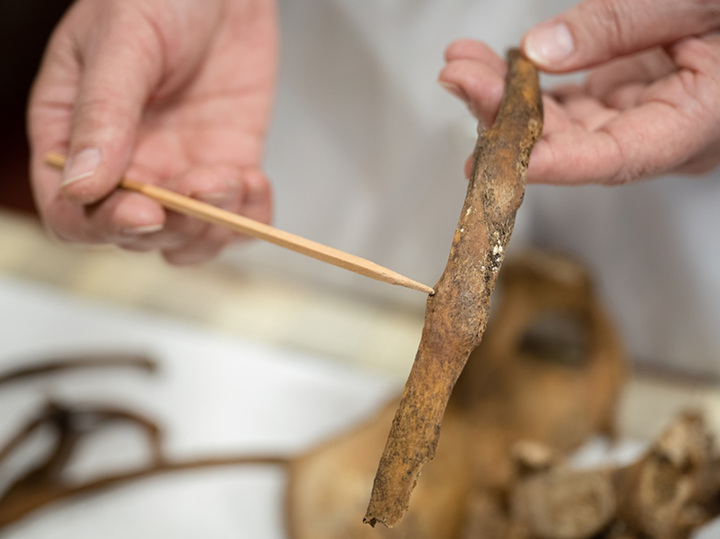 Rib with traces of a fracture. Photo: TSU Press Service
Rib with traces of a fracture. Photo: TSU Press Service
Diseases of the spine, according to Rykun, may indicate constant microtrauma and prolonged physical activity of the ancient inhabitants of the Tomsk land. As for signs of injury, they talk about frequent falls from horses and fights. There were also changes that most likely may relate to the so-called “industrial injuries” of certain parts of the musculoskeletal system among joiners, carpenters, and loaders.
Surely, the studied skeletons with signs of disease belonged to ordinary residents or servants of the monastery. In addition to the hard work, judging by the state of their body, they also did not finish eating.
According to previous studies, such conditions were not uncommon for the common people of Siberia in the 17th – early 20th centuries. Anthropologists also found rib fractures and spinal diseases in materials from other necropolises.
However, there is an earlier study that describes the burials and analysis of the remains of wealthy northerners from that same former Mother of God-Alexievsky graveyard.
< p>The head of the Museum of History, Archeology and Ethnography of Siberia, Ilya Korobeinikov, spoke about him in the TSU university newspaper “Alma mater.”
In particular, he noted unusual signs of a funeral rite that existed in the 17th-18th centuries, when brick boxes were made for coffins and brick vaults were installed over them. In each “rich” burial, archaeologists found a container with the remains of a liquid, “apparently oil or something similar.” Most of this liquid, according to experts, was used during the funeral service for the deceased and then placed in the coffin.
One of the finds in this ancient cemetery surprised scientists: among the remains of actual state councilors, administrators and other officials who lived in the late 19th — early 20th centuries, researchers found… false jaws with porcelain teeth. It is noted that at that time such things had not yet been made in the Russian Empire. One of the buried people had two false jaws, the other two people had one each. To install such rather rare “implants” for themselves, wealthy Tomsk residents apparently had to travel to Europe, and more than once: to take impressions and adjust their jaws.
According to Korobeinikov, there were dentures for less wealthy citizens. From ancient times until the modern archaeological era (XVI-XIX centuries), dentists, along with natural materials, most often inserted into patients the teeth of… other people. In Western Europe there was even such a term as “Waterloo teeth”. This meant the Battle of Waterloo, where many young, healthy people died, whose teeth were later used to make artificial dentures.







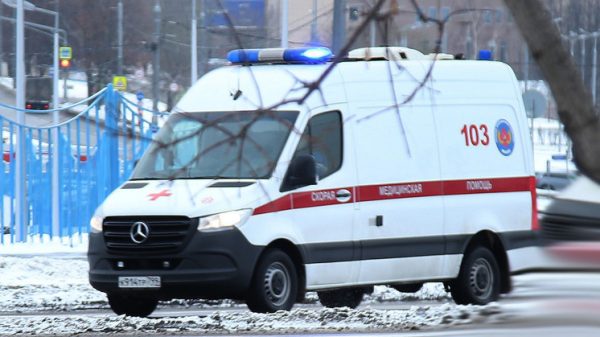

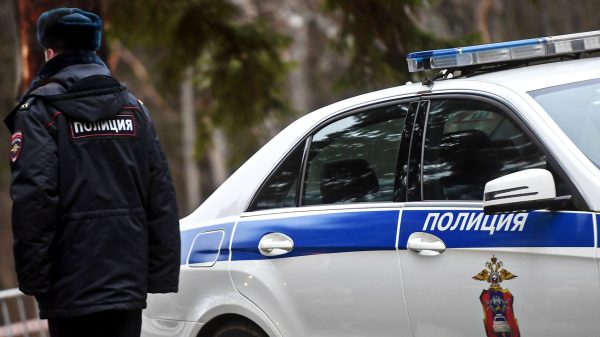
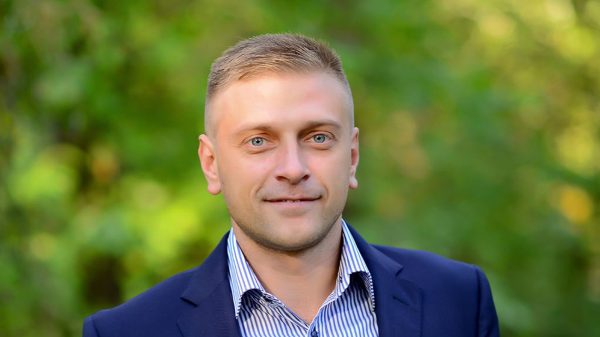








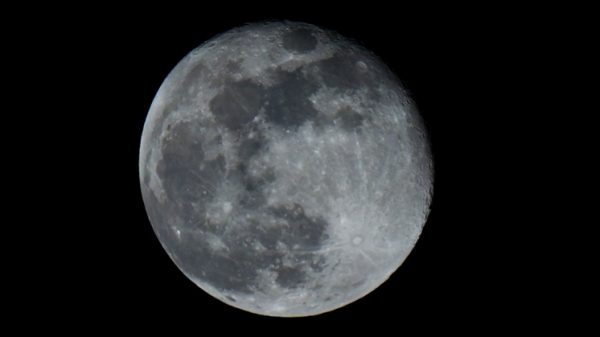






































Свежие комментарии